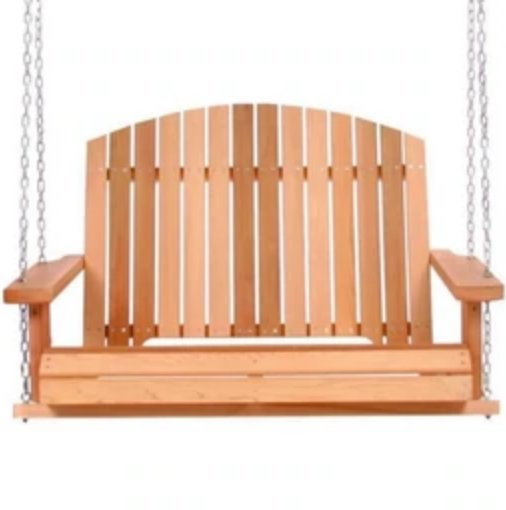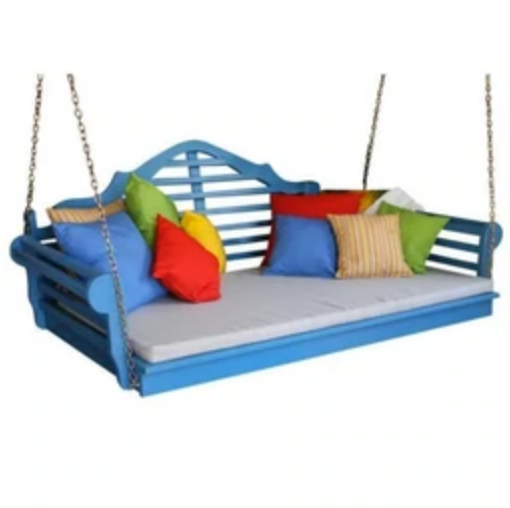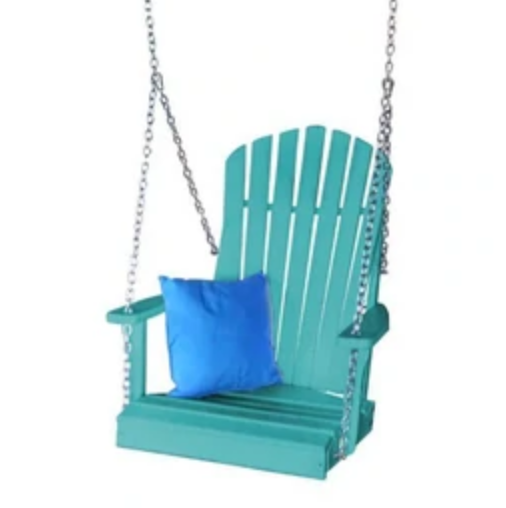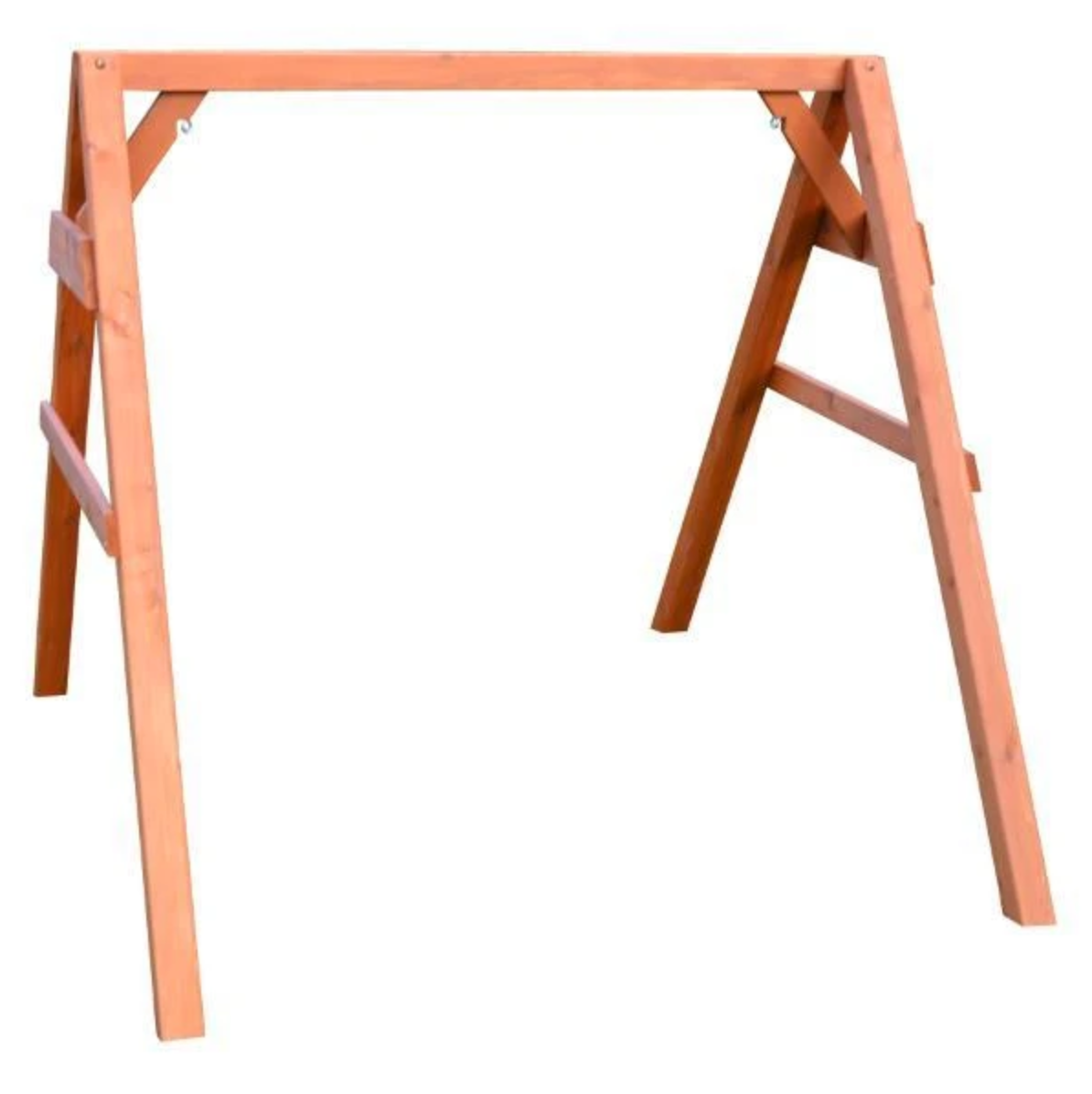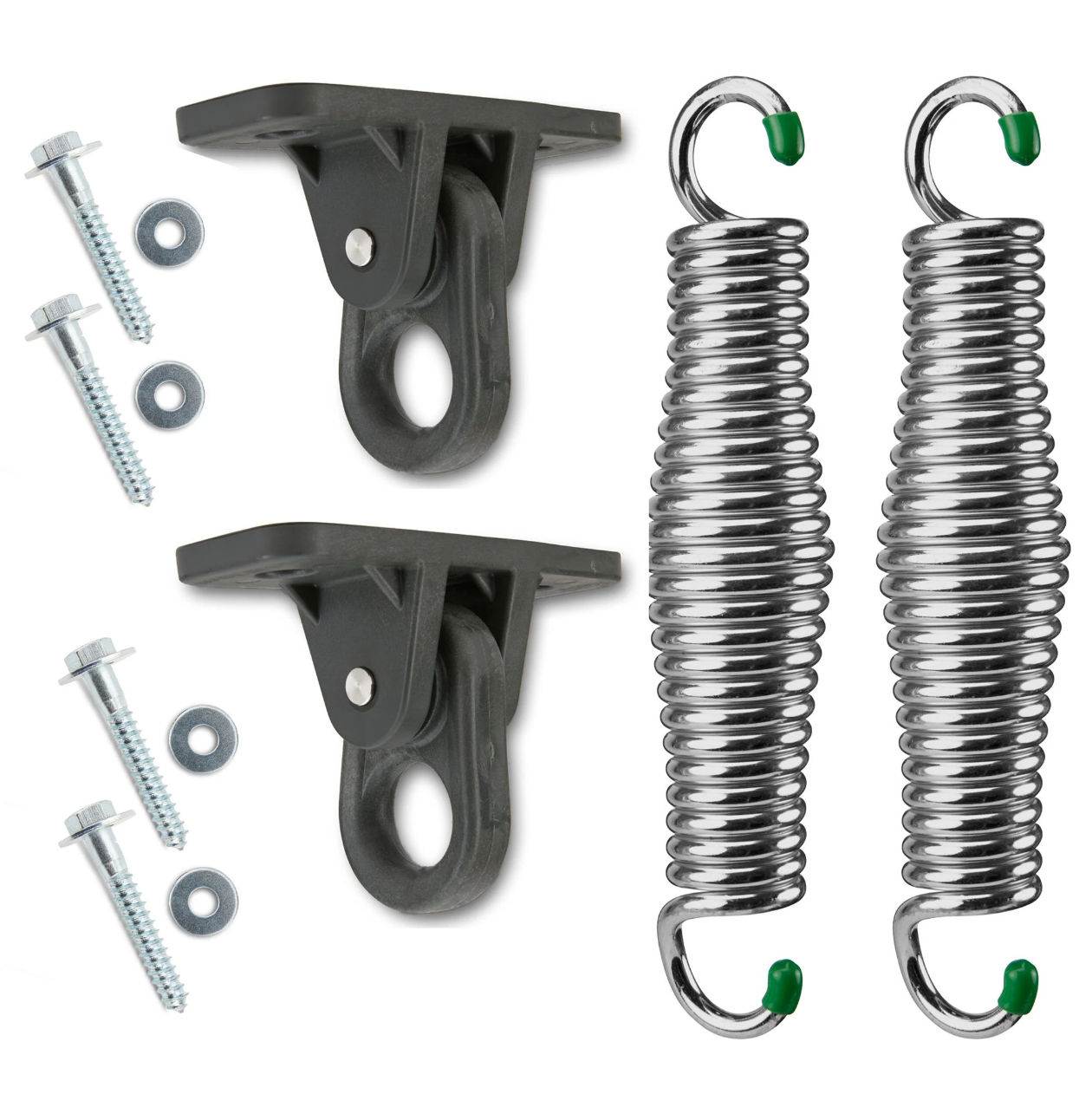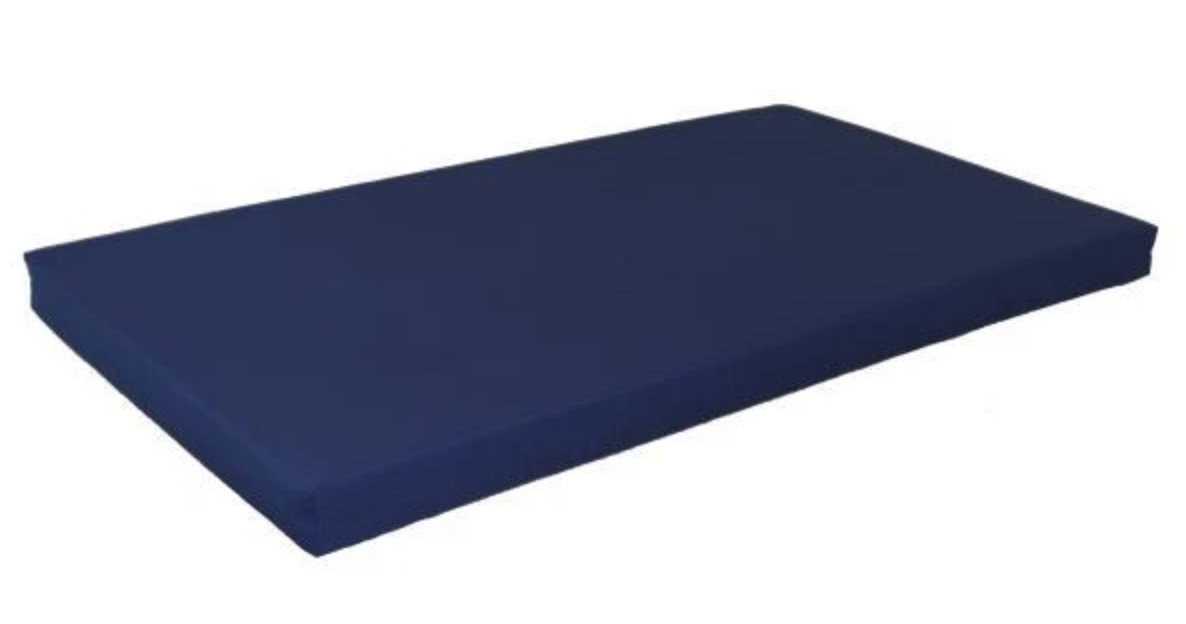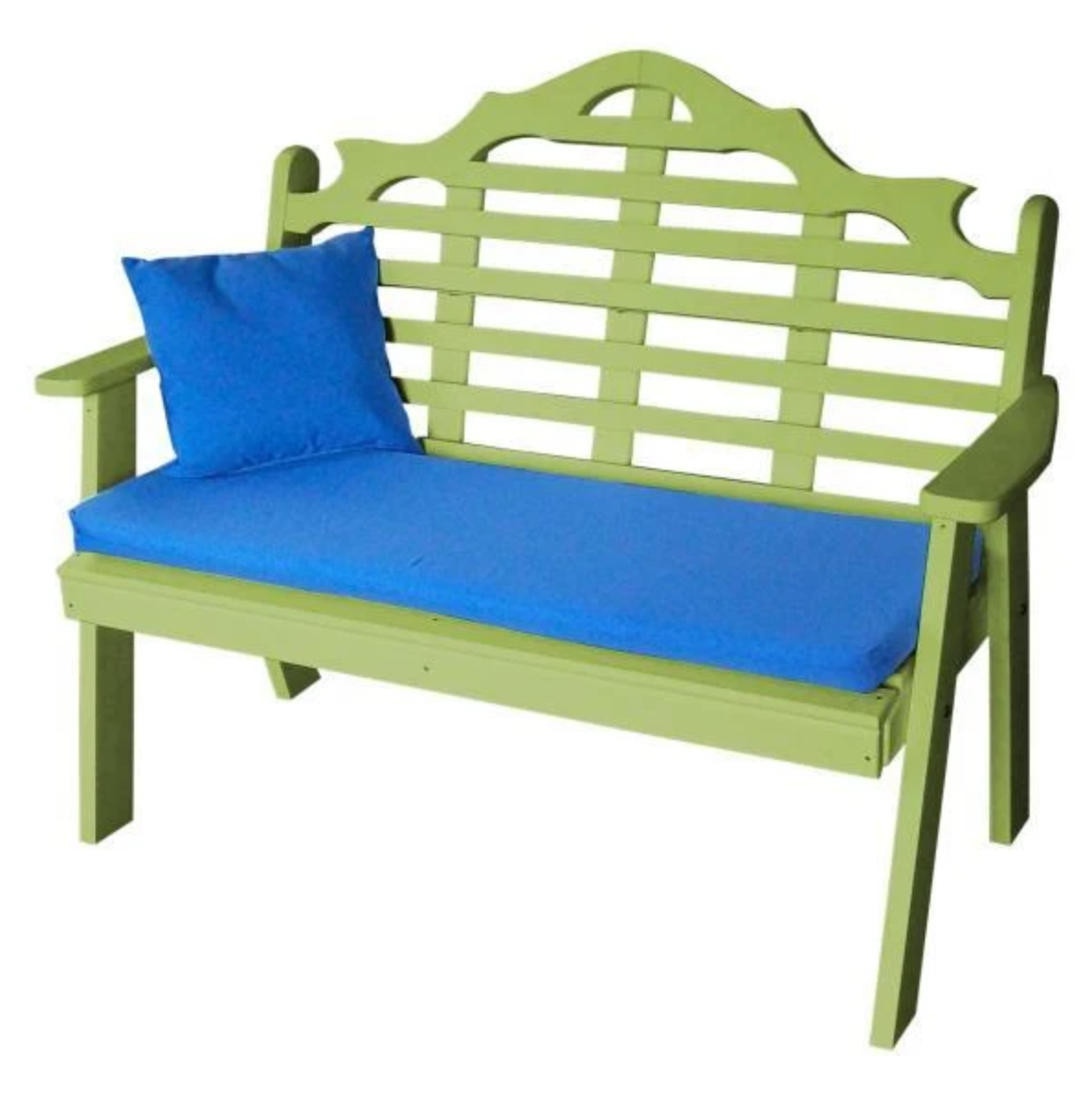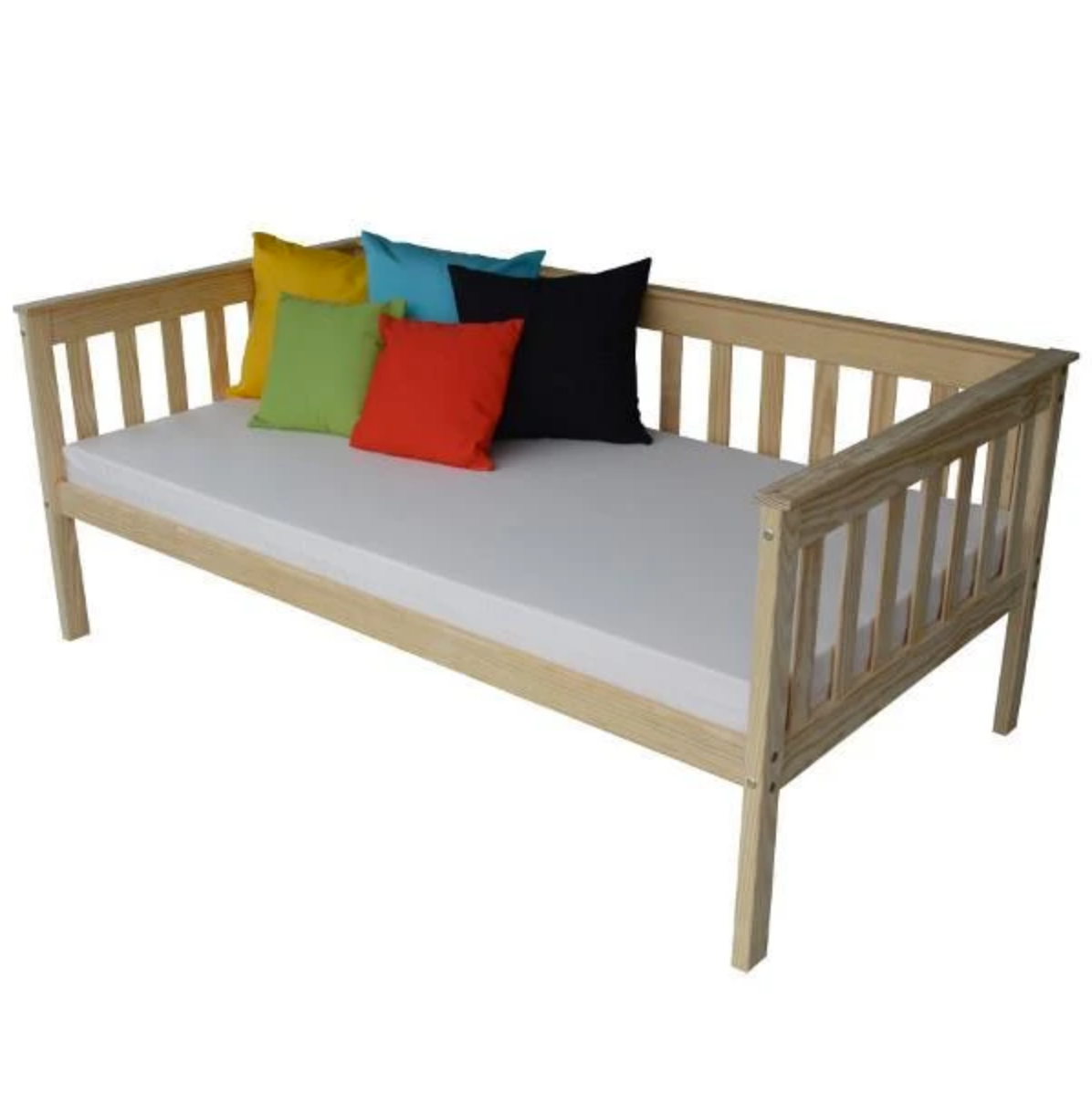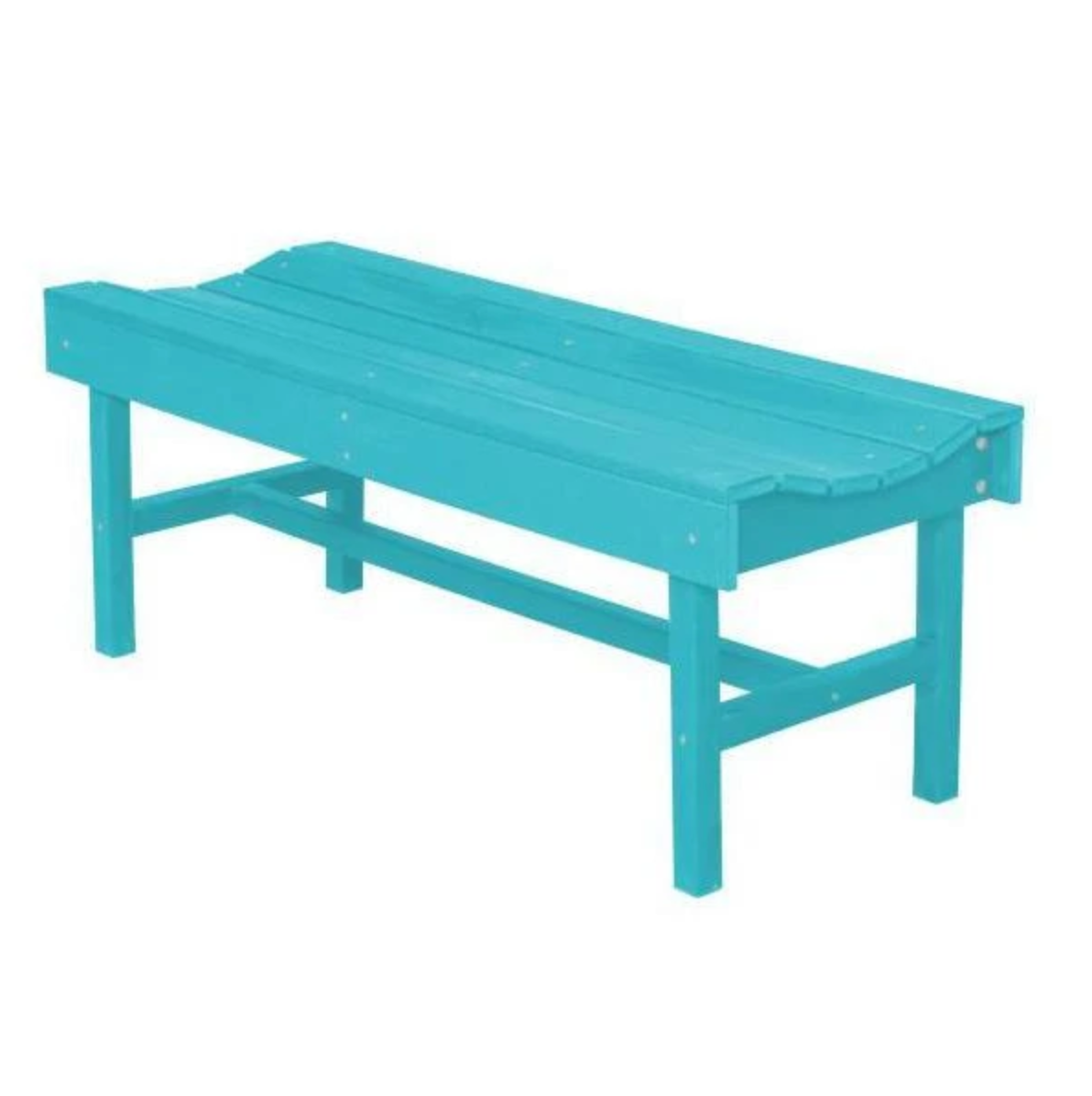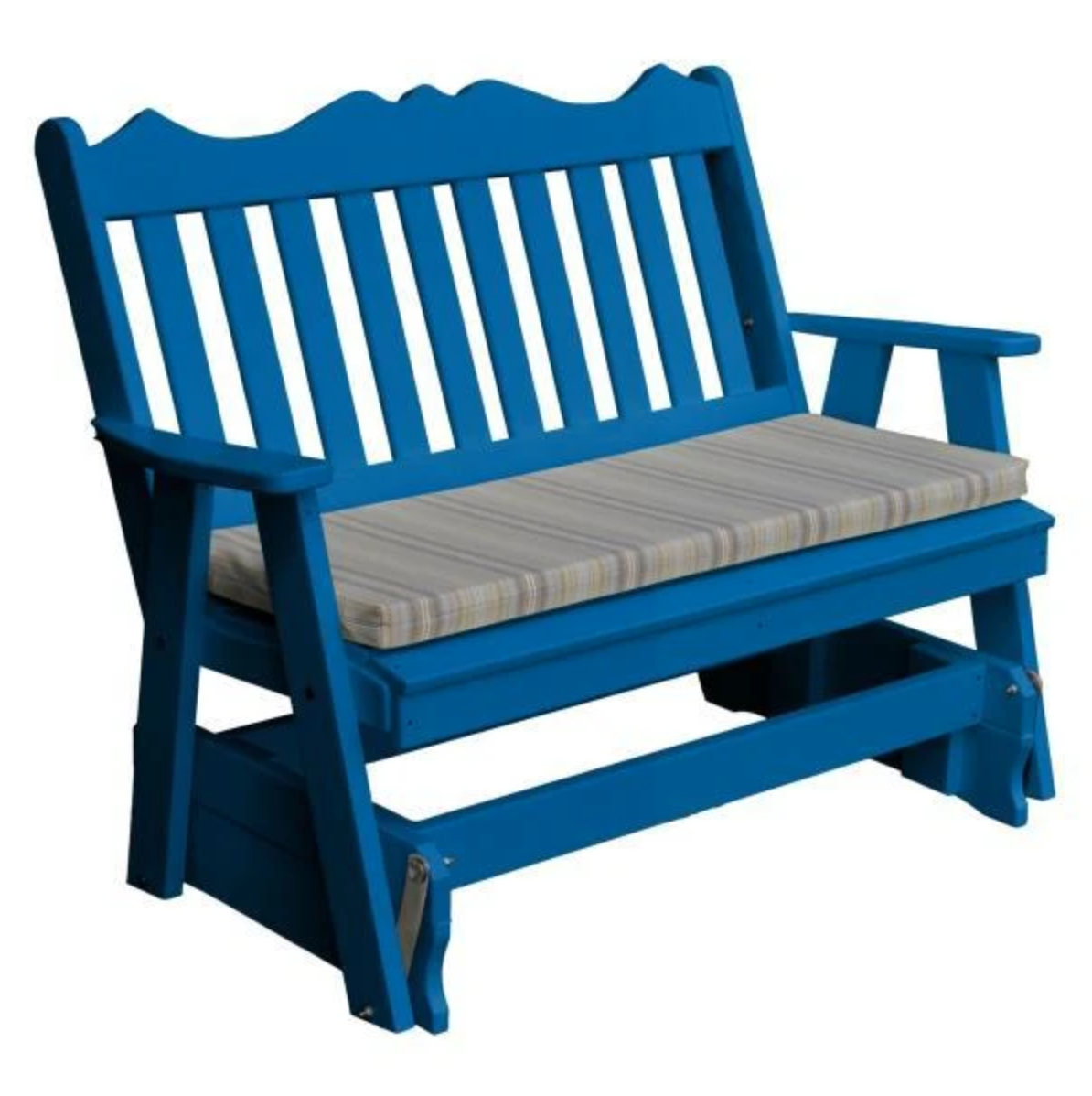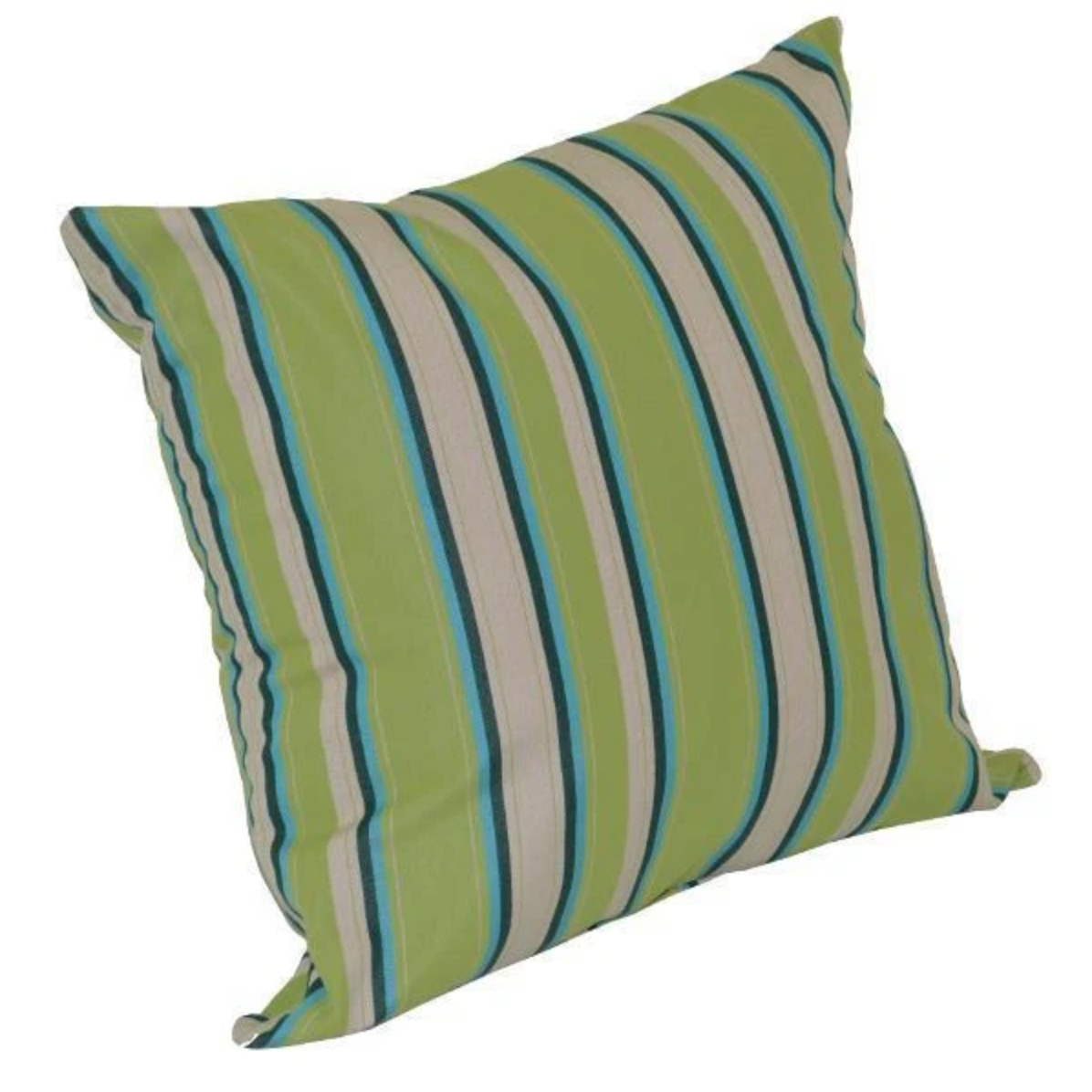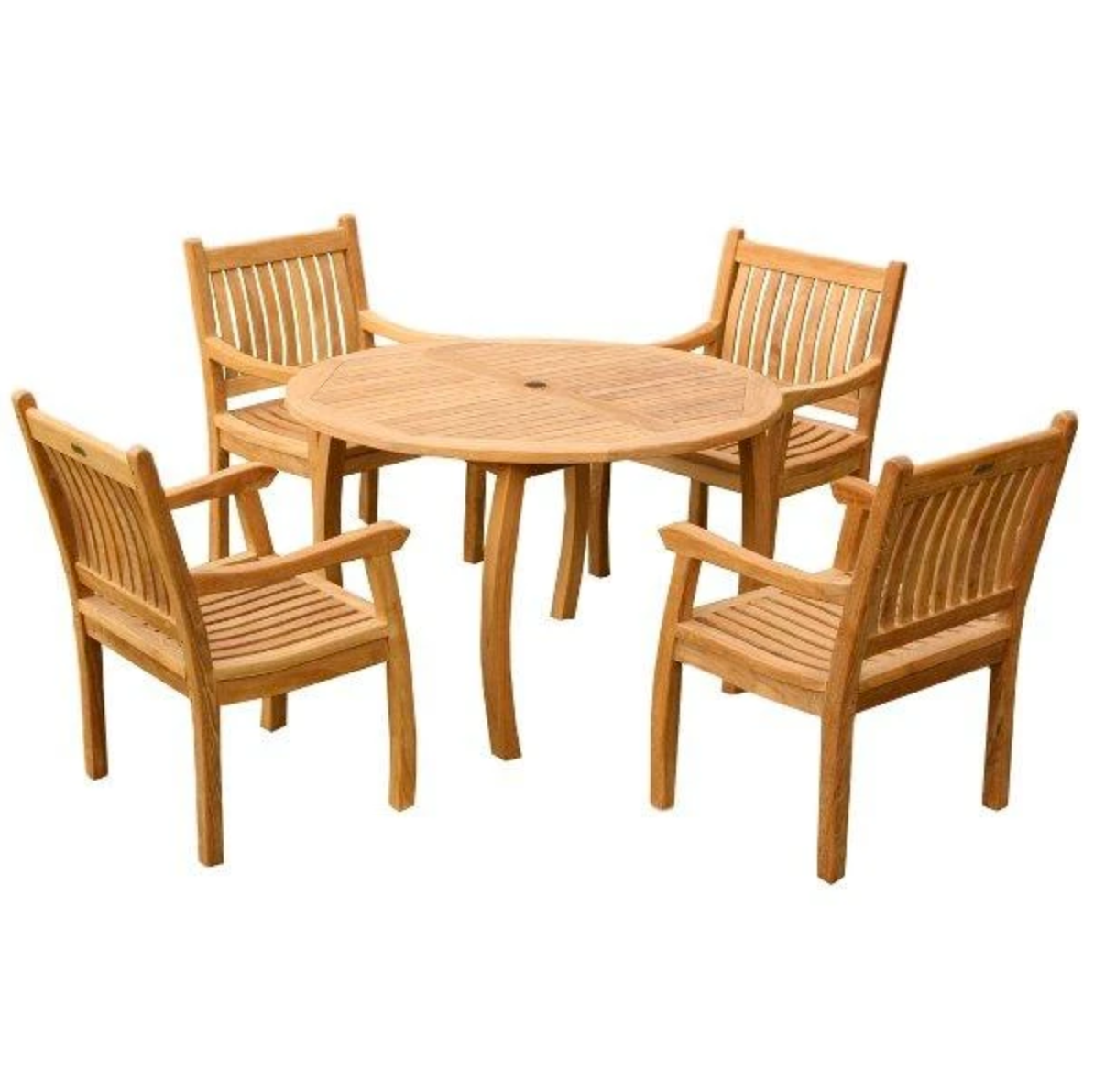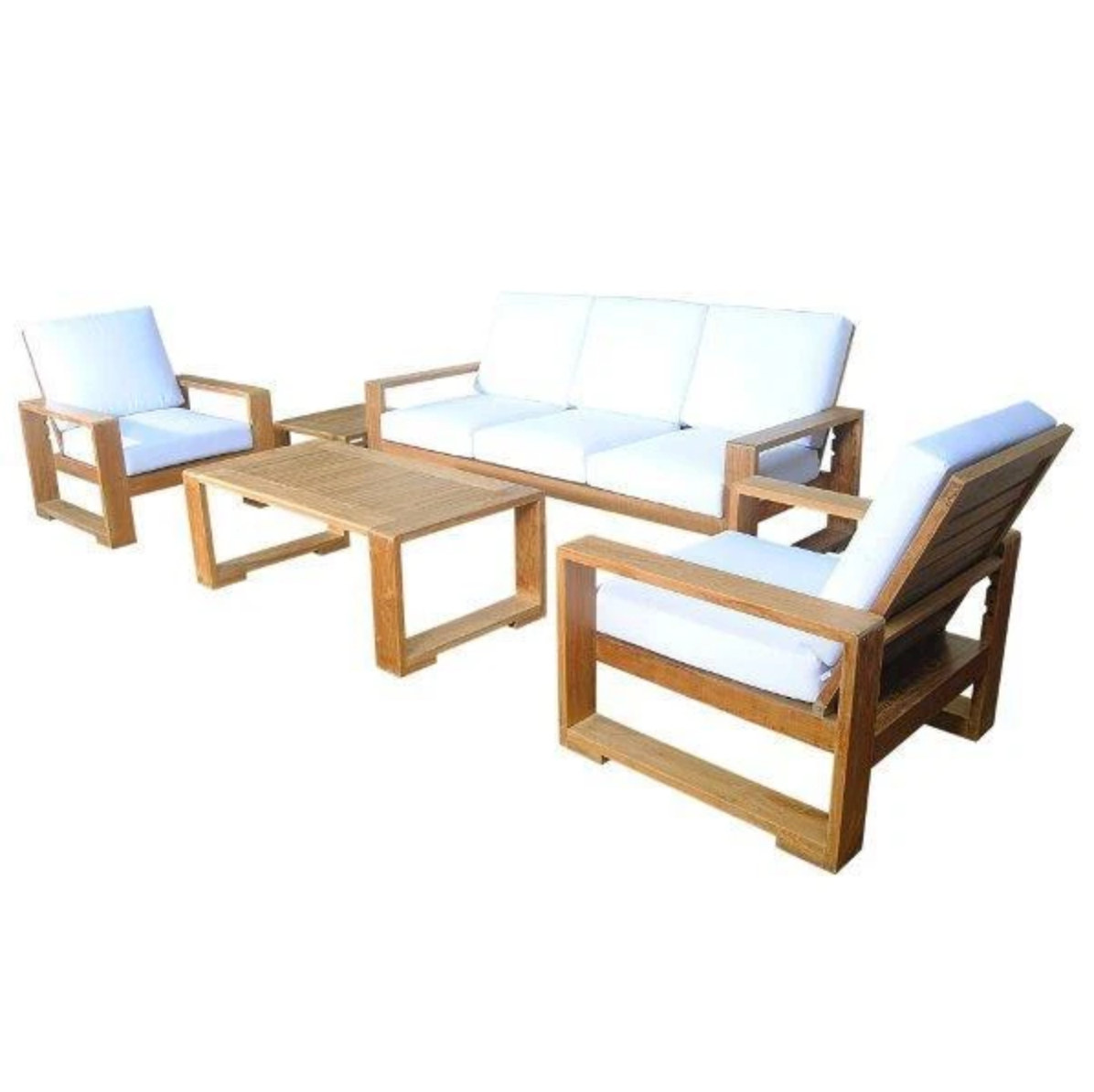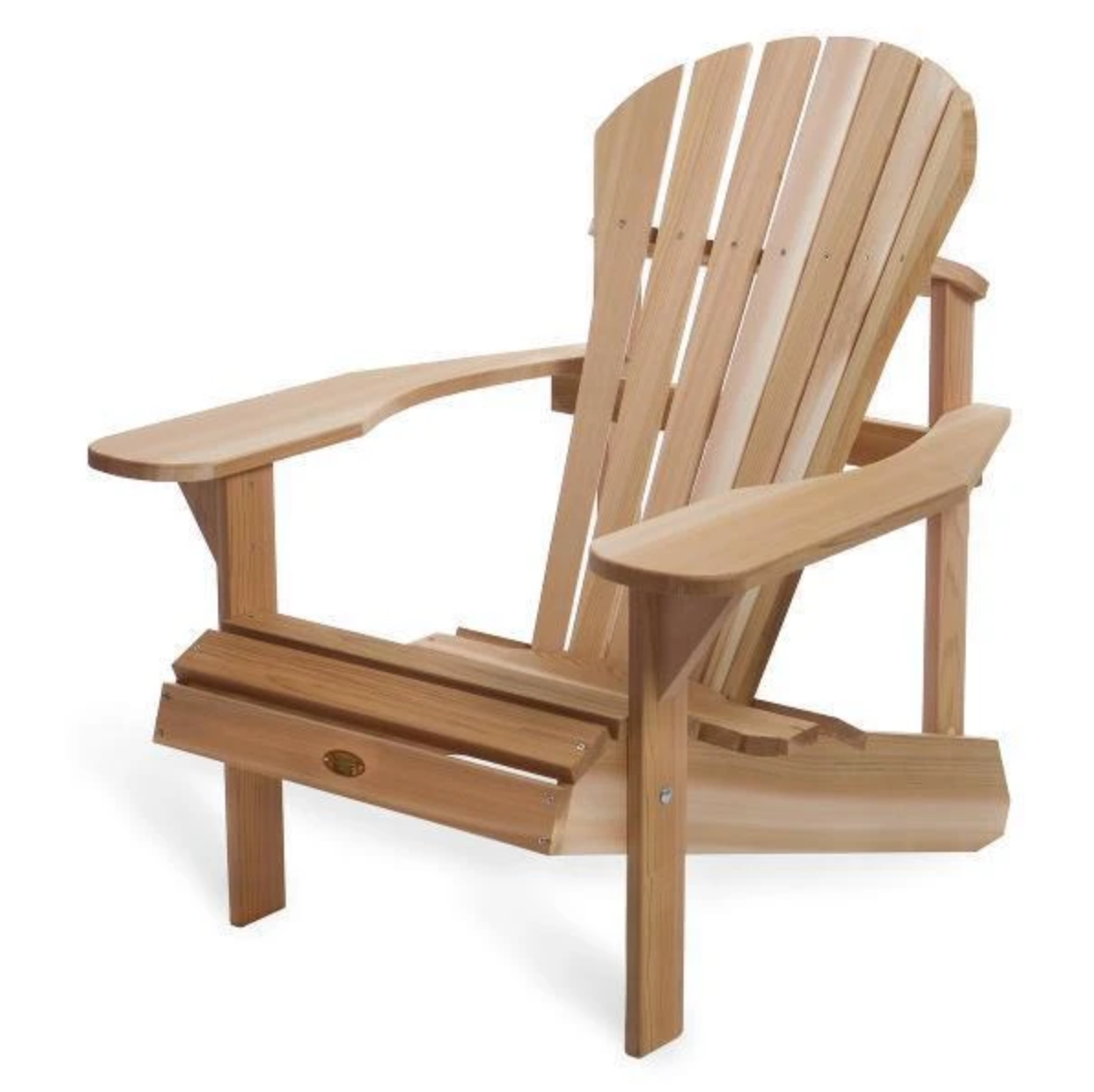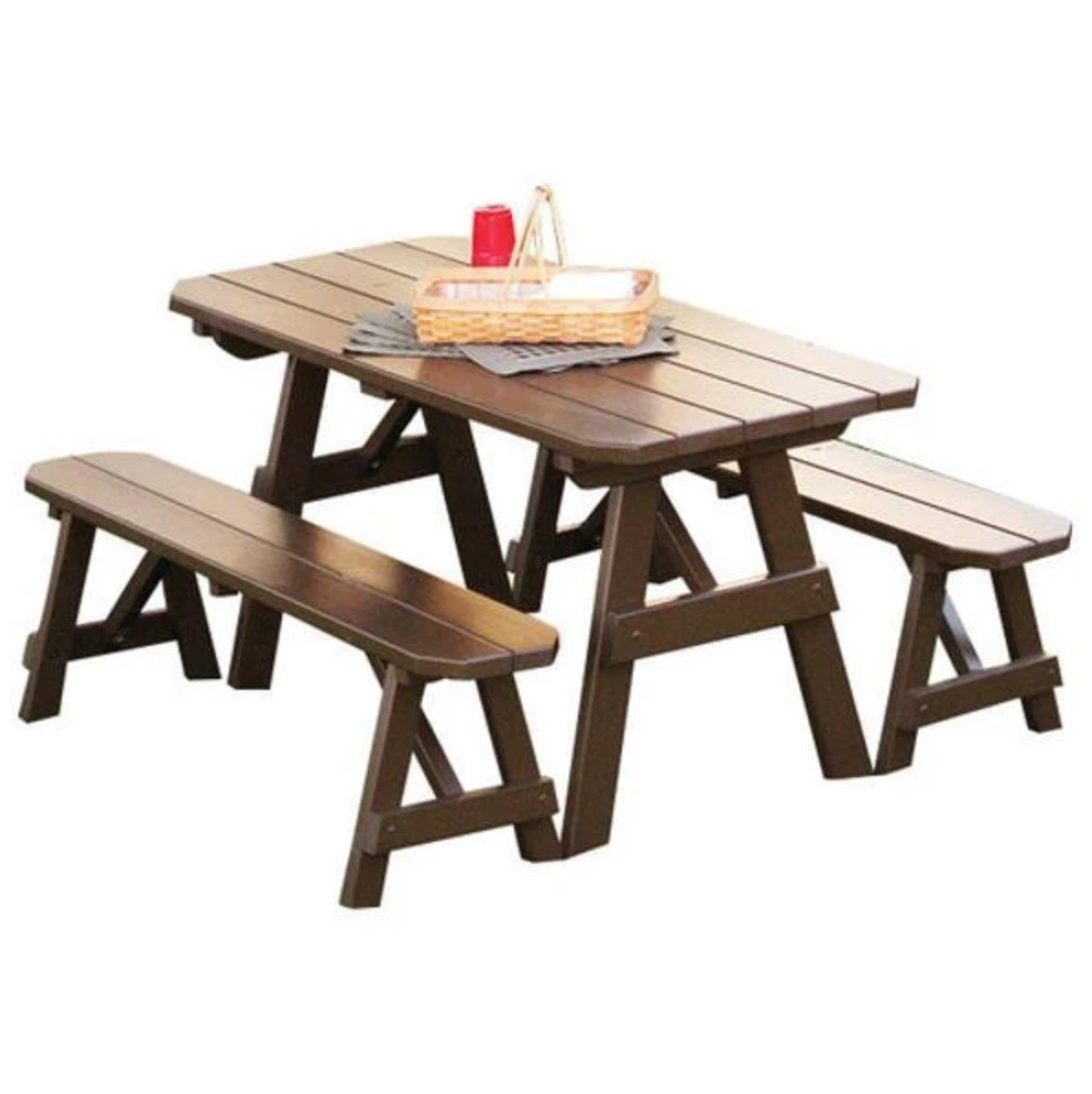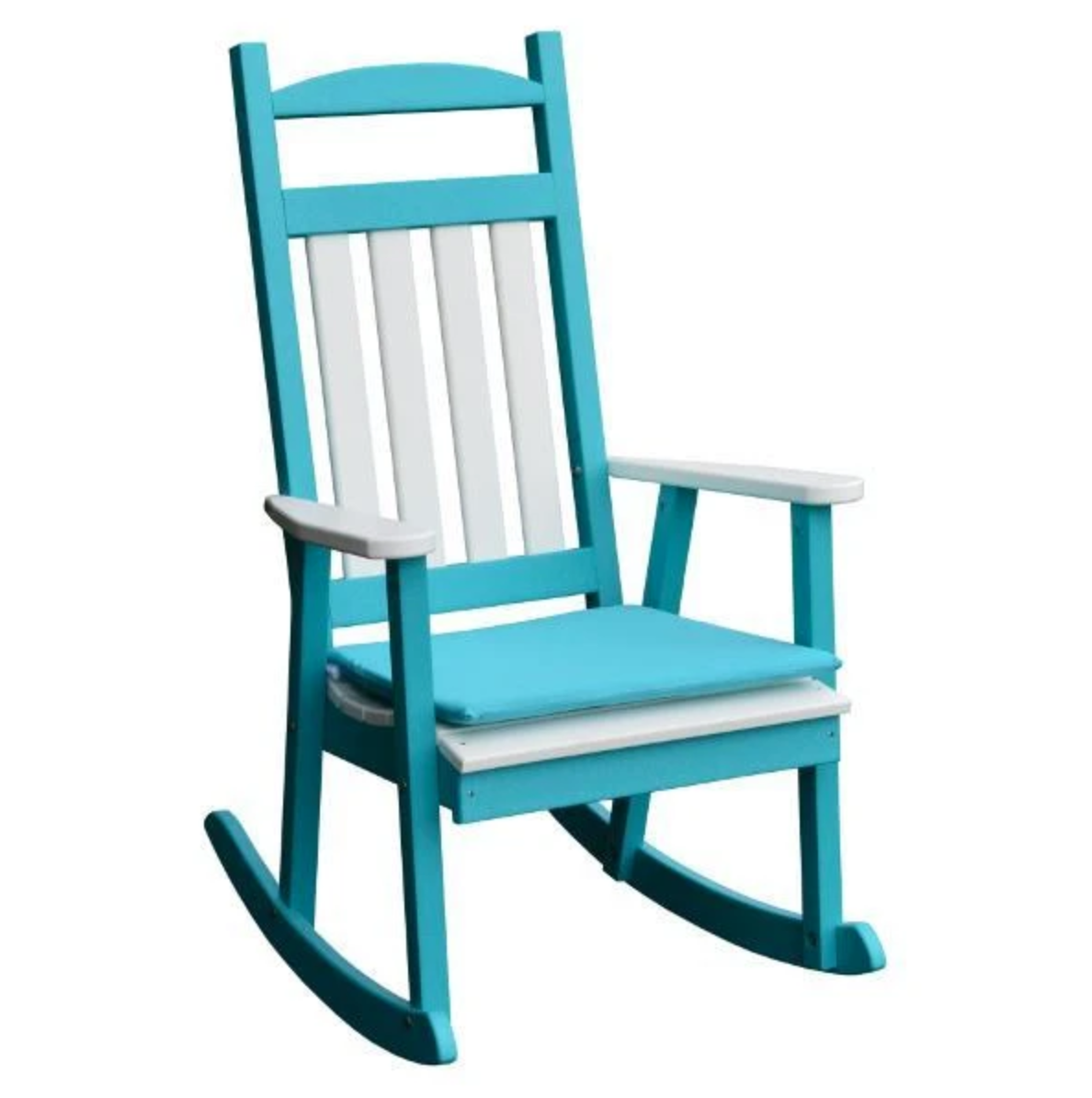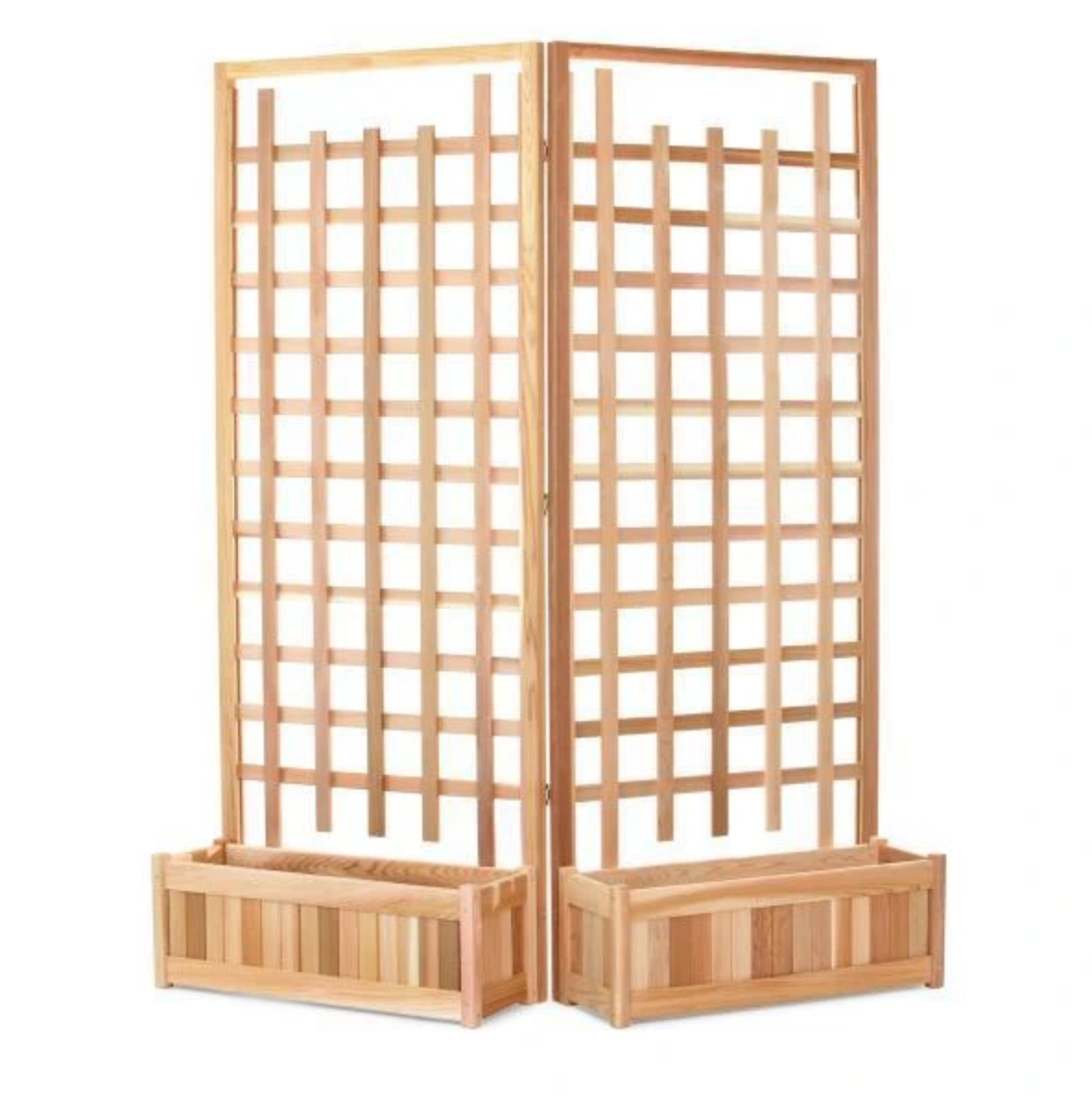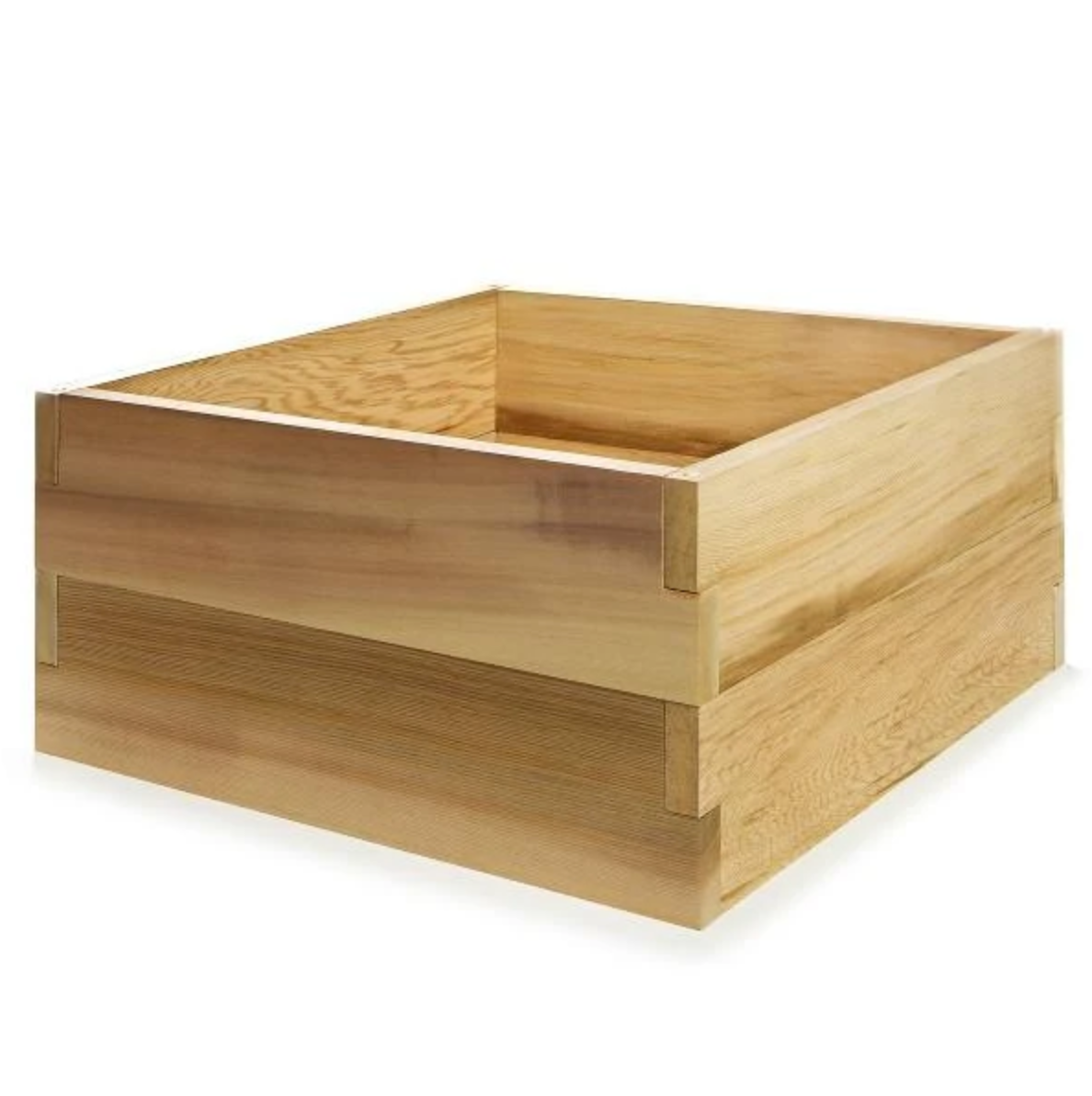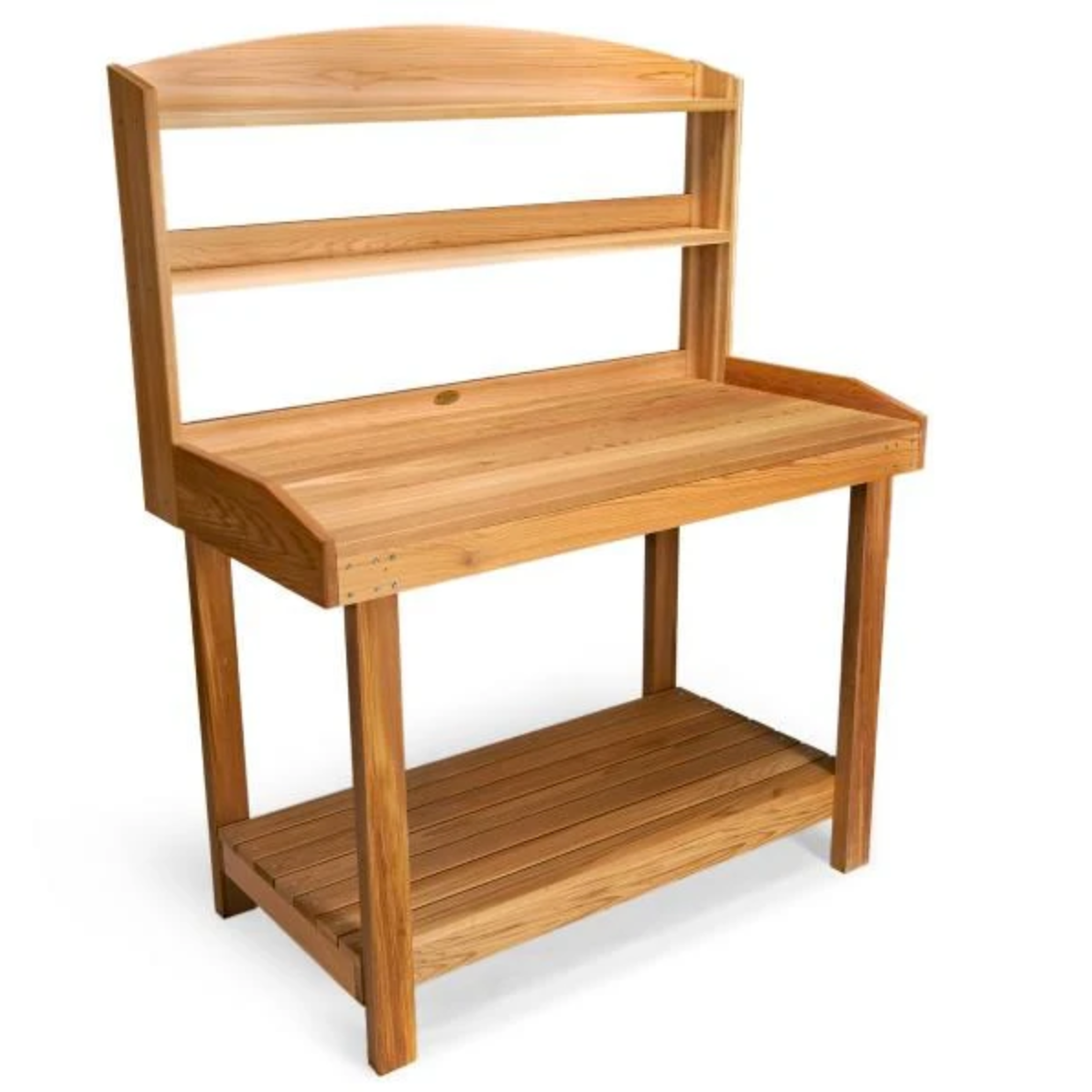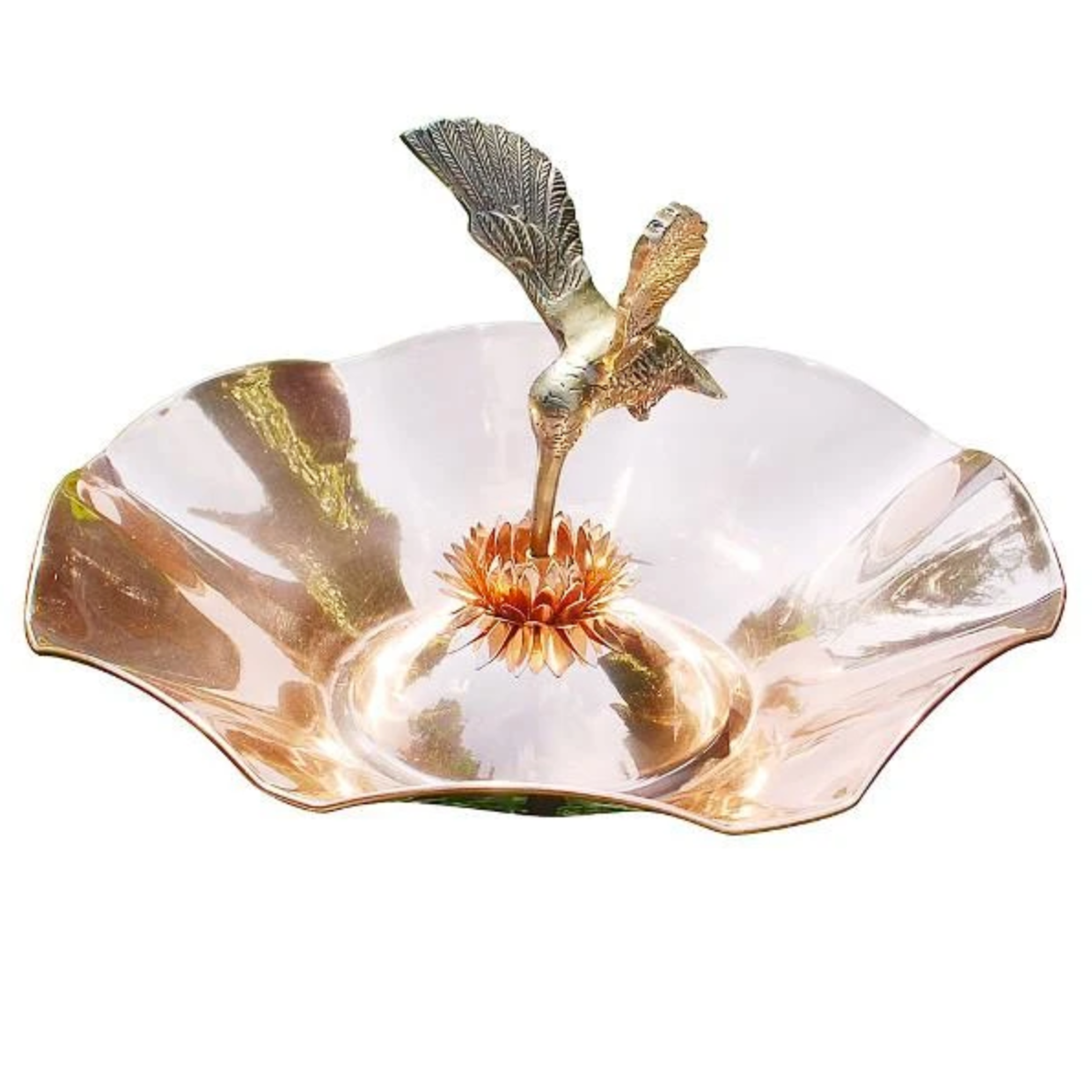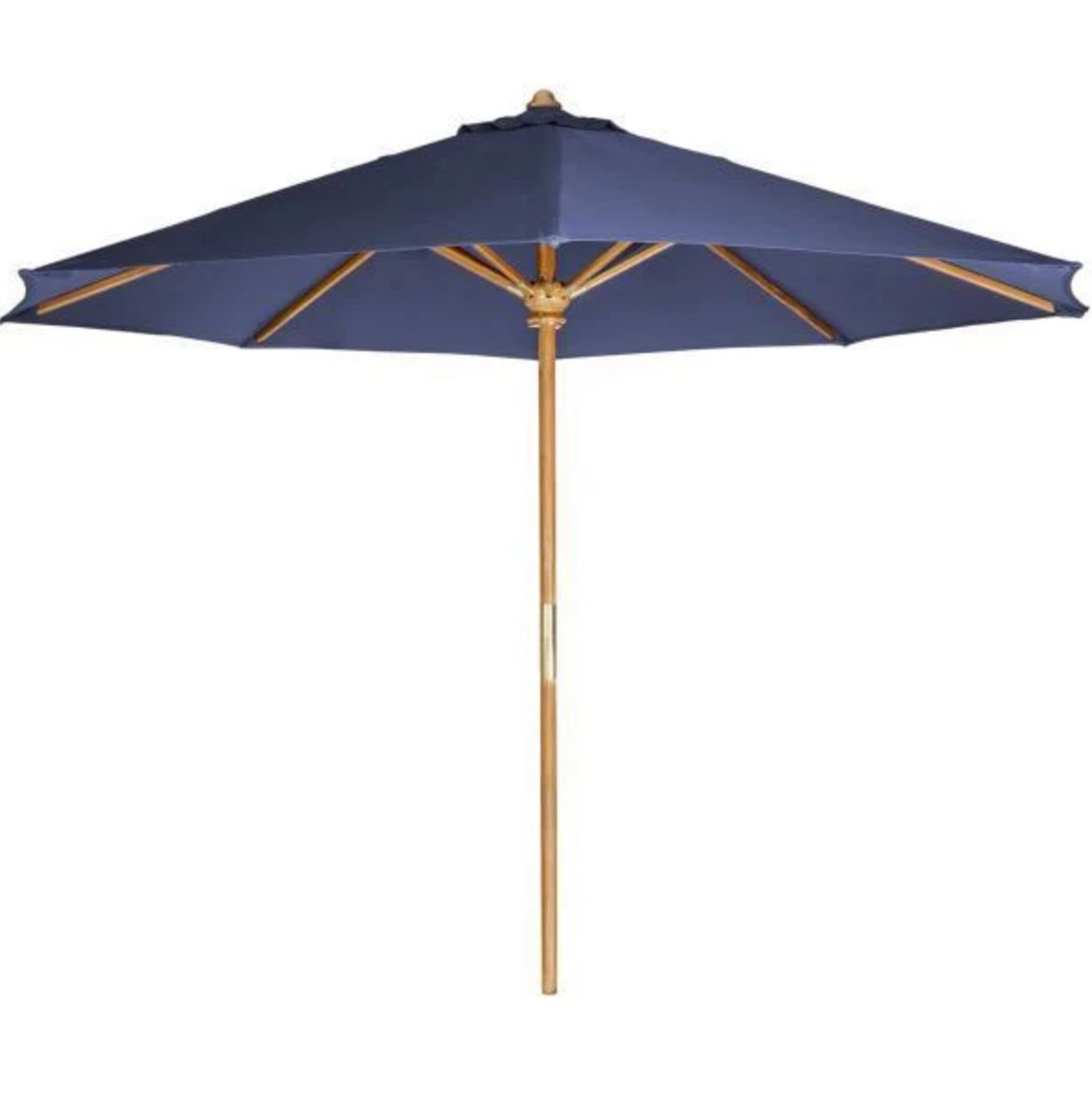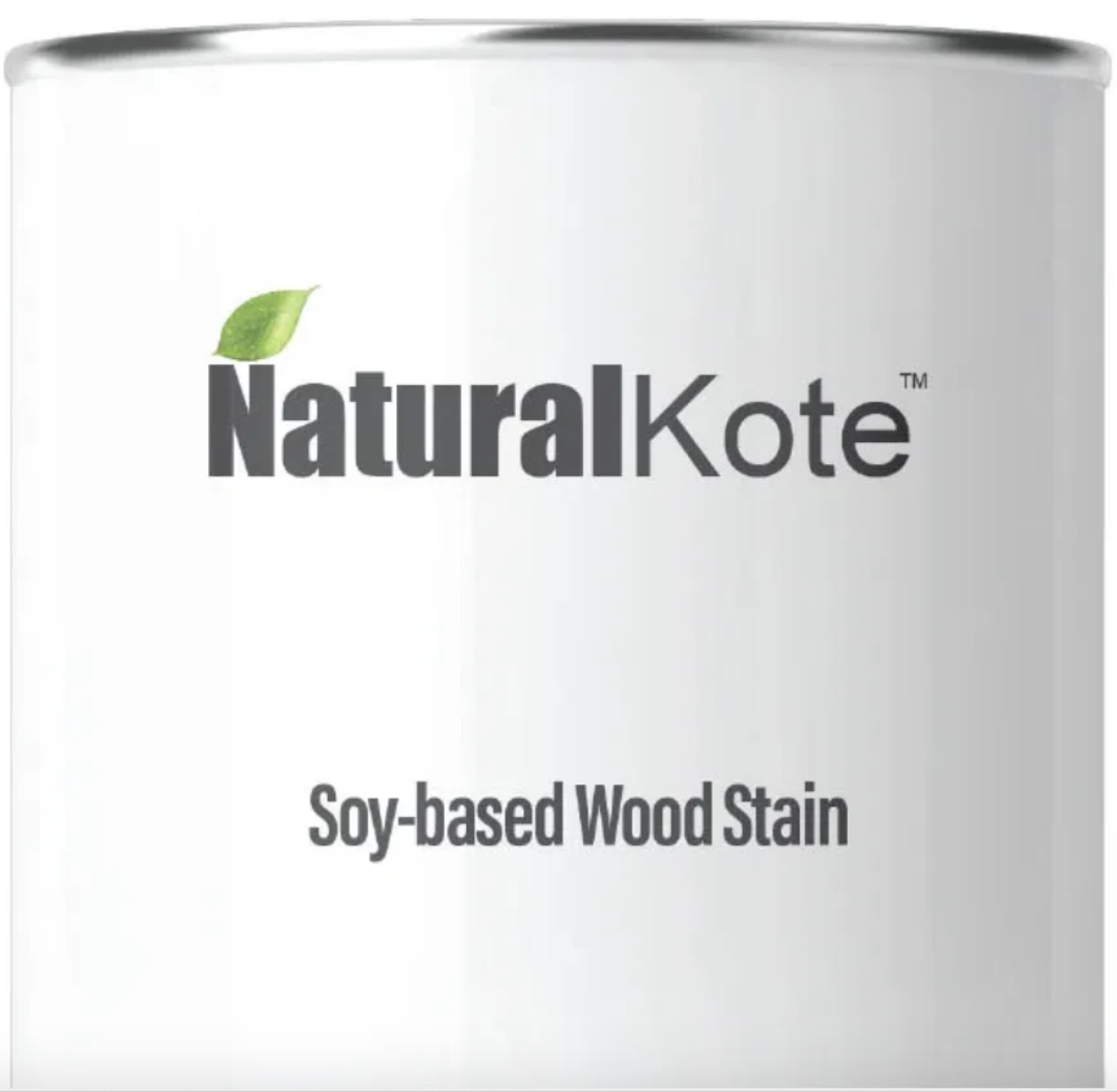Your Cart is Empty
FREE SHIPPING ON EVERY ORDER
Menu

FREE SHIPPING ON EVERY ORDER
Swings
Benches
Tables & Chairs
Home & Garden
Global Geometry: How International Architecture Is Inspiring U.S. Home Design
Modern American homes are undergoing a transformation, taking cues from stunning architectural styles across the globe. As travel becomes more accessible and international media continues to shape our aesthetic expectations, U.S. homeowners are increasingly inspired by the clean lines of Scandinavian minimalism, the warmth of Mediterranean villas, and the striking silhouettes of Middle Eastern opulence.
Photo by Ian MacDonald on Unsplash
Nowhere is this shift more visible than in the rise of globally influenced custom builds—homes that echo not just a design philosophy but a way of life. This evolution is not only about luxury but about how homes serve as cultural canvases, blending form, function, and story.
Home Design
Luxury Real Estate Dubai: A Blueprint For Bold, Modern Living
Dubai has long been a proving ground for architectural ambition, but in recent years, the sector of luxury real estate Dubai has evolved into a global influencer—especially for American homeowners seeking bold, futuristic aesthetics fused with functional elegance.
The city’s skyline, defined by icons like the Burj Khalifa and the twisting Cayan Tower, may seem out of reach, but many of the design principles driving Dubai’s residential sector are finding their way into custom home projects throughout the U.S. Developers are redefining residential architecture with geometric facades, smart home integration, and art-inspired structural forms. These elements are now being echoed in U.S. luxury developments, particularly in coastal and desert regions where modernist styles flourish.
In high-end American markets—from Palm Springs to Miami—designers are borrowing Dubai’s dramatic approach to space. Expansive glass walls, open-air courtyards, and layered lighting schemes reflect the desert-modern ideals perfected in the Emirates. Interiors favor opulence with restraint: marble finishes, gold accents, and bold architectural symmetry channel the glamour of Dubai without tipping into excess.
Scandinavian Simplicity: Clean Lines And Natural Light
Scandinavian architecture continues to shape U.S. home design with its quiet elegance and functional beauty. Rooted in principles of minimalism, natural materials, and eco-conscious planning, this northern European style has found a devoted following among American homeowners seeking simplicity without sterility.
The influence is clearest in the rise of hygge-inspired interiors—light-toned wood floors, neutral palettes, and ample daylight delivered through oversized windows and skylights. The external structure often features gabled roofs and wood cladding, a look increasingly seen in modern farmhouse reinterpretations and high-end cabin retreats in places like Colorado and Vermont.
Functionality also drives layout decisions. Scandinavian homes prioritize flow and use every inch of space smartly. Open-plan kitchens merge seamlessly into living areas, and there’s a tendency toward built-in storage and modular furniture—features now being adopted in American homes designed for both beauty and practicality.
Photo by Kym Ellis on Unsplash
Mediterranean Revival: Earthy Textures And Arched Forms
The timeless appeal of Mediterranean architecture has re-emerged in the U.S. through a more curated, climate-sensitive lens. Influences from Spanish, Italian, and Greek homes—think whitewashed walls, terracotta tiles, wrought iron details—are now informing warm, welcoming American properties that emphasize outdoor living and earth-toned elegance.
In California, Arizona, and Florida especially, Mediterranean-style homes blend arched windows, colonnades, and shaded patios with drought-tolerant landscaping and solar-compatible rooflines. Rather than full-scale replicas of European villas, these designs take inspiration from regional character: smooth stucco, handcrafted ceramics, and courtyards that bridge the indoor-outdoor divide.
Homeowners are also embracing textured materials like travertine, tadelakt, and reclaimed timber—sustainable choices that lend rustic charm and authenticity. In doing so, they're not just evoking the look of the Mediterranean—they're creating atmospheres where casual luxury and cultural heritage meet.
Japanese Zen: Spatial Harmony And Organic Connection
The enduring wisdom of Japanese residential design is subtly reshaping American architectural thinking. At its core is the principle of ma—a philosophy of space, rhythm, and intentional emptiness. This translates into U.S. homes as a preference for calm, uncluttered environments where every design decision supports mindfulness.
Sliding shoji screens, raised tatami platforms, and indoor gardens—while once rare—are becoming more prevalent in homes that favor holistic wellness and aesthetic clarity. More commonly, the influence is seen in the increased use of natural wood, soft lighting, and open sightlines that link interior and exterior spaces.
In cities like Portland and Seattle, where nature plays a central role in lifestyle, architects are merging Japanese spatial logic with eco-friendly materials to create homes that breathe—literally and symbolically. Rooflines mimic the contours of surrounding hills, and interiors open onto zen courtyards or koi ponds, forging seamless connections between architecture and landscape.
South American Vitality: Colour, Concrete, And Climatic Intelligence
From Brazil to Argentina, South American architects have pioneered approaches that embrace bold colours, exposed materials, and climate-conscious design—a trio of ideas gaining traction in American urban builds.
Brazil’s modernist maestro Oscar Niemeyer helped usher in an era where concrete became expressive. Today, U.S. designers are borrowing this aesthetic—not for brutalism, but for warmth and texture. In Austin, Los Angeles, and even Detroit, homes are being built with exposed concrete panels, vibrant accent walls, and creative massing that reflects both structural honesty and visual intrigue.
Terraced layouts, rooftop gardens, and solar-responsive orientation—a staple of high-altitude cities like Bogotá and Quito—are also finding their way into energy-efficient American home designs. The key takeaway? South American design is not just about flair—it’s about living comfortably in sync with place, light, and community.
African Modernism: Earth Forms And Cultural Narratives
African architecture—particularly from nations like Ghana, Nigeria, and South Africa—is beginning to shape conversations around sustainable, story-rich home design in the U.S. Architects such as David Adjaye have elevated traditional African geometries into globally admired concepts.
In the American context, these influences appear through rammed earth walls, adobe-style plasterwork, and homes designed to respond passively to climate through courtyard cooling or natural shading. The symbolic importance of circular layouts, community-facing structures, and hand-crafted finishes also resonates with Americans seeking homes that feel rooted and original.
It’s a style more about soul than trend. Rich in heritage yet future-forward, African architectural principles are driving interest in bioclimatic design, artisanal techniques, and space that reflects cultural depth rather than commodity aesthetics.
Wrapping Up
Global architecture has never been more accessible—or more influential. From the smart, sculptural extravagance of Dubai to the disciplined beauty of Japanese and Scandinavian homes, American home design is being transformed by a world of ideas. These inspirations aren’t just stylistic—they’re functional, culturally aware, and driven by a deeper need for homes that reflect both personal identity and global fluency. As we continue to reimagine the spaces we live in, it’s clear that the future of U.S. home design is increasingly shaped by the best the world has to offer.
Also in News
US
United States
Nov 04, 2025 11:56
Product Tag :
Product Collection :
×
